In this guide, we will cover the best external hard drive for music production, whether or not you should use an SSD or HDD for music production, and more.
When you’re a music producer, external hard drives are a necessity. They allow you to safely store your entire production library and keep it with you on the go. But external hard drives come in all shapes and sizes, so which one is best for your needs?
To help you choose, we put together this easy-to-read guide that cuts out the confusing industry jargon and just gives you the facts.
So, with all of that said, let’s begin finding you the hard drive that meets your music production needs and your budget.
Table of Contents
Do I Need An External Hard Drive For Music Production?
To begin, let’s answer the first question everyone should be asking themselves:
“Do I really need this?”
The answer is, maybe!
If your computer has a big enough hard drive to fit all of your production libraries and files, you could probably find better uses for your money.
However, if you’re running out of room on your computer hard drive and need some extra space, it’s probably time to look at purchasing an external hard drive.
That’s because external hard drives will expand your storage by a huge margin.
In fact, external hard drives will typically have at least twice the space as your built-in computer hard drive!
Not to mention, external hard drives are super convenient if you travel frequently or move from studio to studio on a regular basis.
Hard drives are ideal for storing samples, Kontakt instruments, project files, videos and photos, and other documents.
Before we get into which drive you should use for music production, let’s go over…
DOWNLOAD FREE VITAL PRESETS, SERUM PRESETS, + MORE
Get hundreds of free sounds delivered right to your email inbox.
Royalty-free and ready to use!
What Exactly Is An External Hard Drive?
An external hard drive is a device used to increase the storage space available for digital files such as sample libraries, Kontakt instruments, and media such as photos or videos.
These drives typically plug into your computer through a USB port and come in two distinct formats – Hard Disk Drives (known as HDD) and Solid State Drives (known as SSD).
Hard Disk Drives (HDDs)
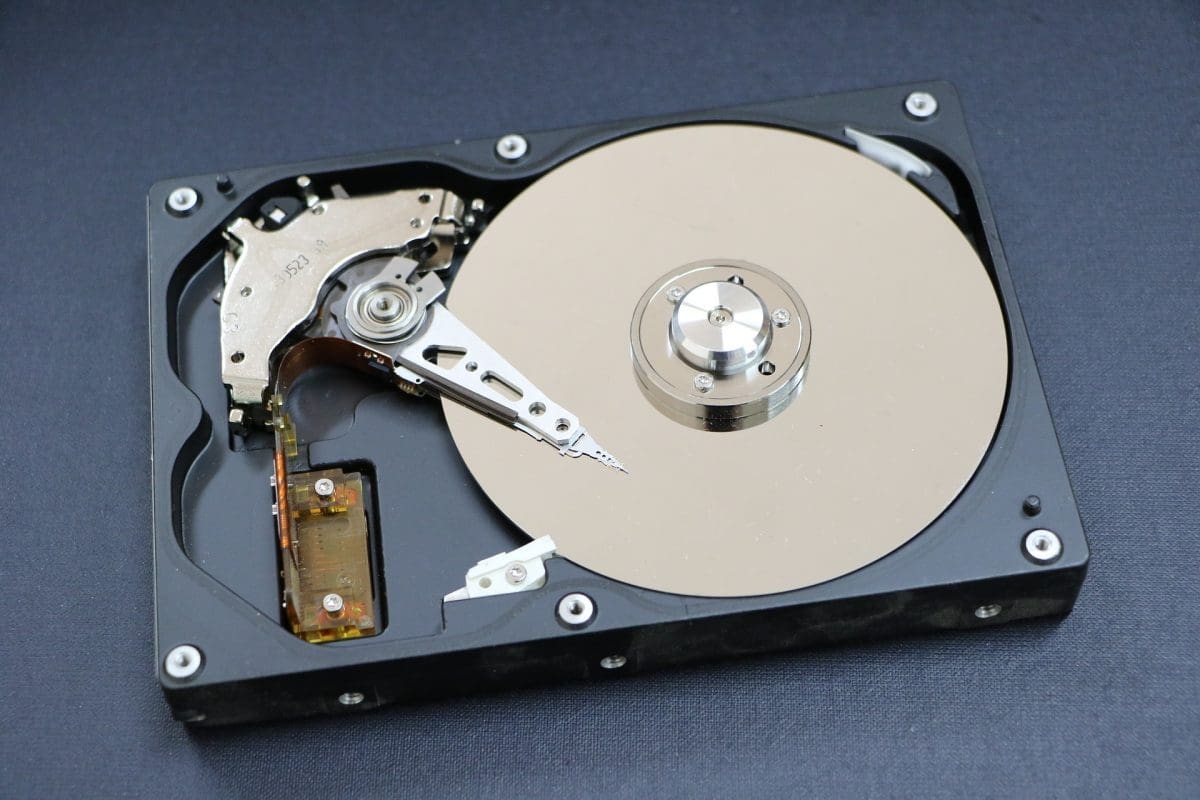
The first type of hard drive to consider is an HDD, which has been around for decades. These drives perform by storing data on spinning disks, as the name indicates. Because there are moving components, HDD’s consume more electricity and have a slower transfer rate than SSD’s, which isn’t ideal for music production.
Solid State Drives (SSDs)
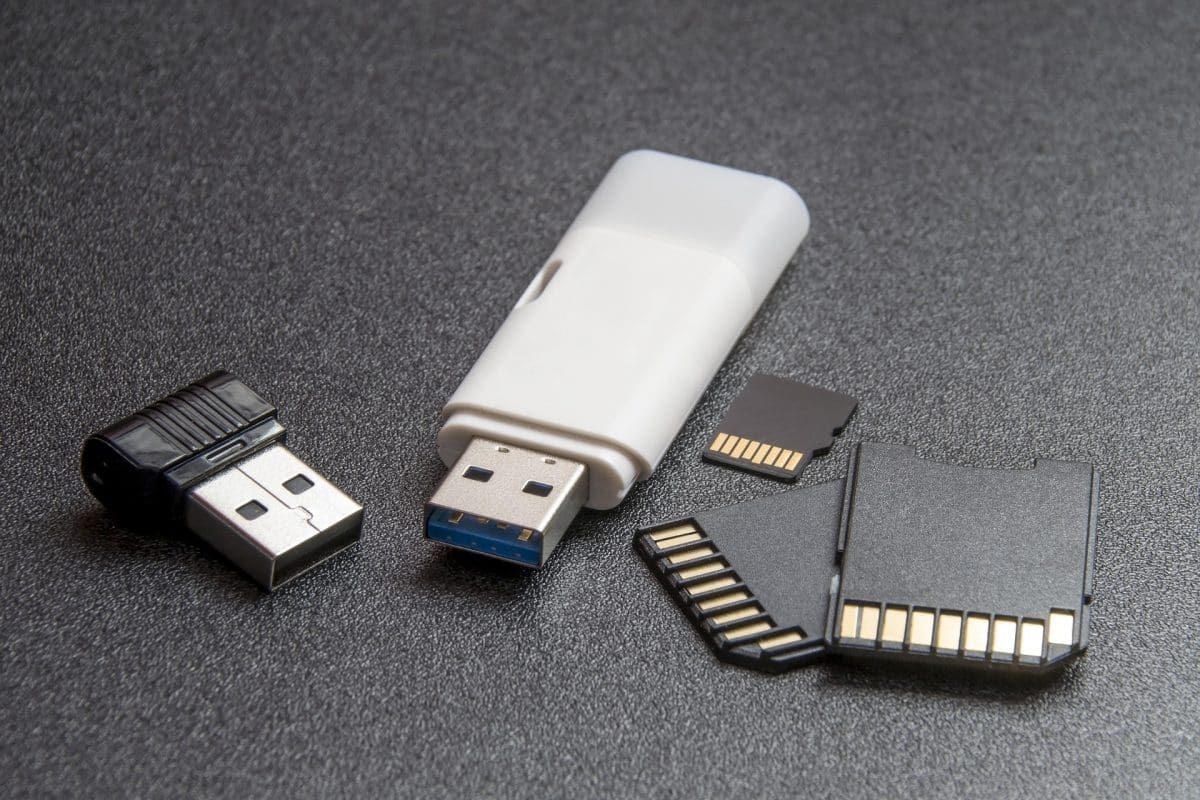
SSD’s on the other hand, have no moving parts – hence the inclusion of “solid” in their name. Because of this, SSD’s are faster and more portable than HDDs, which is why flash drives and other flash storage devices are always SSD’s. However, this added performance has a cost. SSD’s are typically much more expensive than an HDD of the same size.
Should I use an HDD or SSD For Music Production?
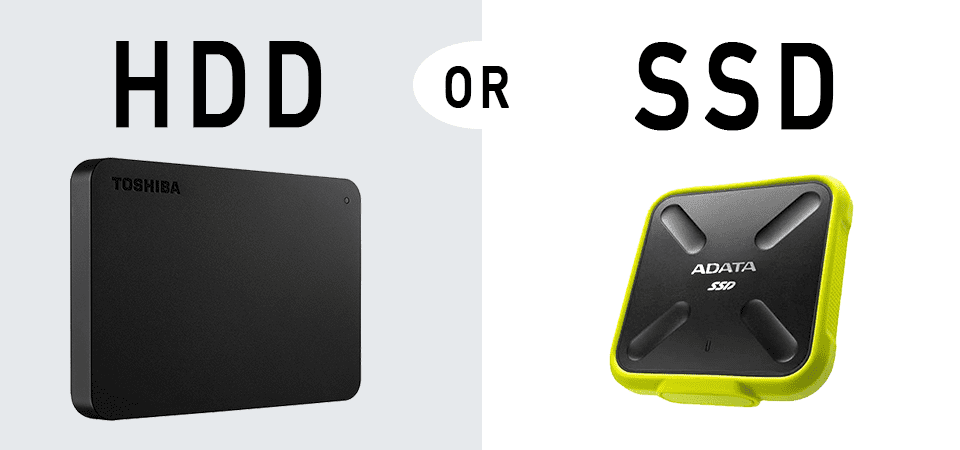
It’s generally recommended to use an SSD for music production, however, there are some important caveats.
If you want to store files such as samples, project files, and other things that you use day-to-day, an SSD is definitely your best bet. This is because of the higher transfer speed between the SSD and your computer. As a bonus for laptop users, SSD’s will generally consume less battery life than HDDs as they use less power.
However, an HDD may suffice if you just want to store files that aren’t accessed often. HDDs are ideal for archiving photographs, videos, backups, and other large items since they are less expensive per gigabyte on average than SSDs.
How Much Space Do I Need On My SSD Or HDD For Music Production?
It’s important to note that the amount of space you’ll require on your SSD or HDD is dependent on what you plan to use it for.
If you want to move all of your sample libraries to an external drive, an SSD with at least 1 TB of capacity should be enough. However, we recommend purchasing a drive that’s somewhat larger than the one you currently have so that you may expand into it without having to buy another.
If you want to store old, rarely used files on an external drive, an HDD is probably your best bet. That’s because you can buy 1-5TB hard drives for a fraction of the cost of an SSD. So if day-to-day performance isn’t a concern, an HDD will save you money and work just fine.
In general, we recommend buying a drive that’s at least 2-3 times the size of your existing internal hard drive. This is because you’ll need room to back up your current data while also having space for expansion and relocation.
The Top 5 Best External SSDs For Music Production
To start things off, we’re going to cover the top 5 best external SSDs for music producers. These SSDs are available in a variety of sizes and prices, so finding one that fits your needs and your budget should be a snap.
Adata SD700 1TB SSD
The Adata SD700 is another affordable option when compared to external SSDs in general, so if you’re looking for a reliable external drive that’s also inexpensive (and fast), the Adata SD700 is one of your best options.
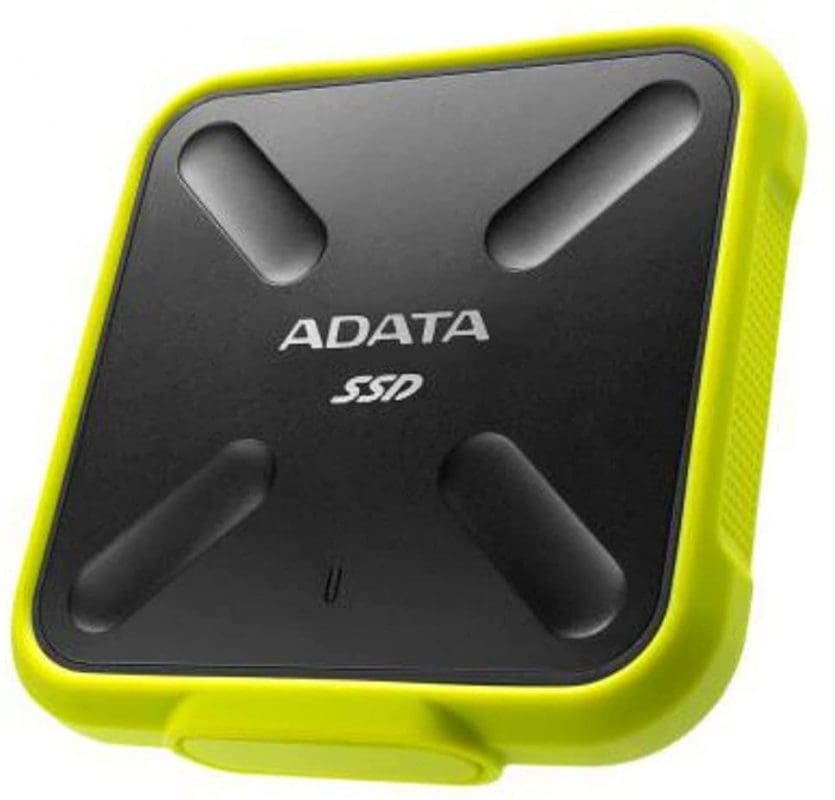
Samsung T5 Portable SSD - 1TB
If you’re looking for an SSD that’s portable and fast, Samsung has an excellent external SSD option for you. The T5 external solid-state drive is one of the fastest and most reliable external drives on this list with speeds up to 540MB/s, making it the perfect SSD for music producers on both Windows and Mac computers.
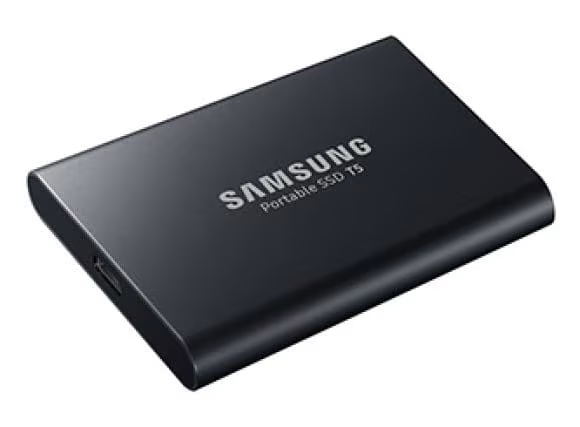
SanDisk Extreme 1TB Extreme Portable Solid State Drive
The SanDisk Extreme 500 Portable Solid State Drive is a great external solid-state drive with an affordable price tag and plenty of storage space to meet both your current needs as well as future expansion. It’s also one of the fastest external SSDs on this list, with speeds up to 550 MB/s.
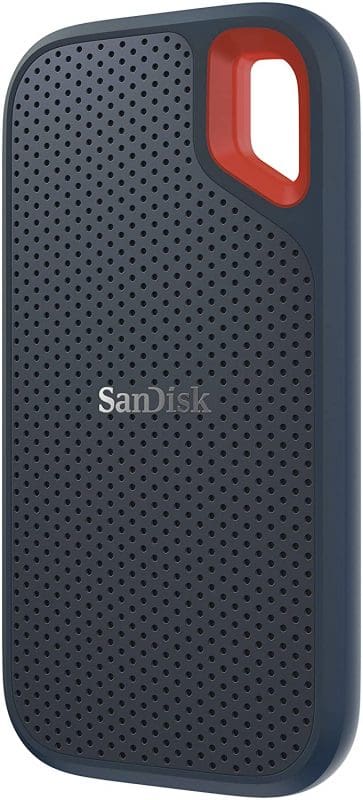
Seagate One Touch 1TB SSD
The Seagate One Touch has a sleek design that makes it easy to carry with you to the studio. It’s also incredibly fast, providing transfer speeds up to 1030MB/s on Mac or Windows PCs.
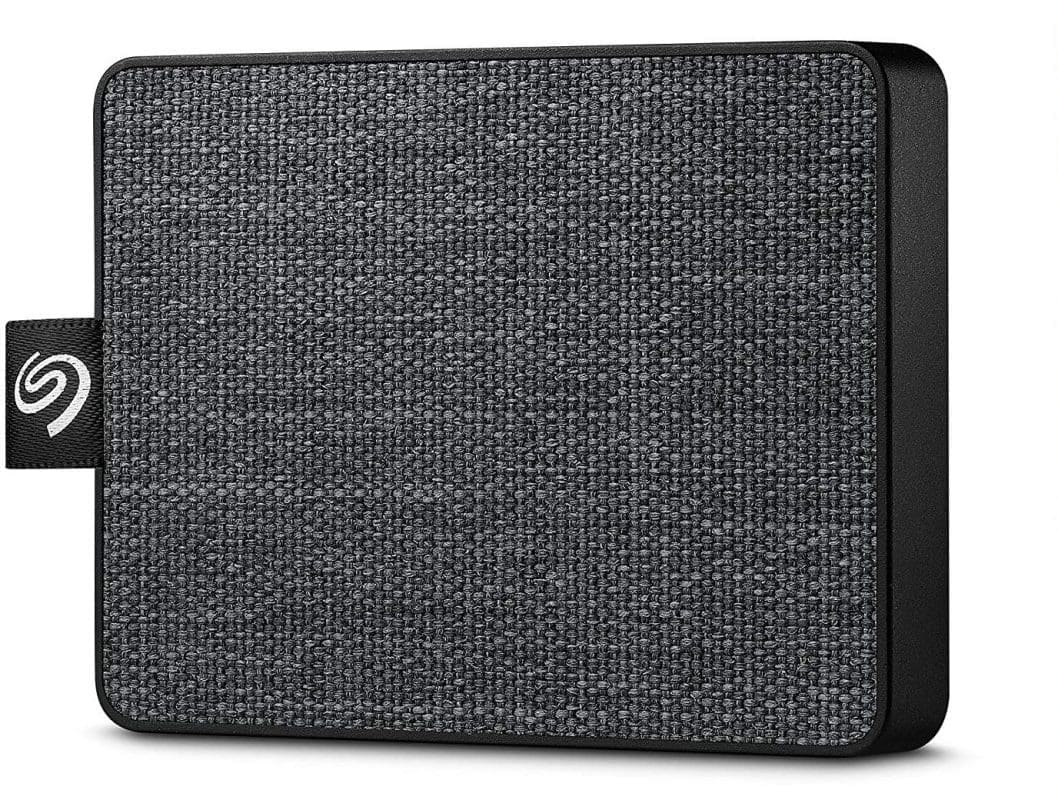
WD My Passport Go SSD
If portability is what you need with an external solid-state drive, the WD My Passport Go is an excellent external SSD for music production. With speeds up to 400MB/s on both Mac and Windows computers, you can transfer files quickly without sacrificing performance or reliability.
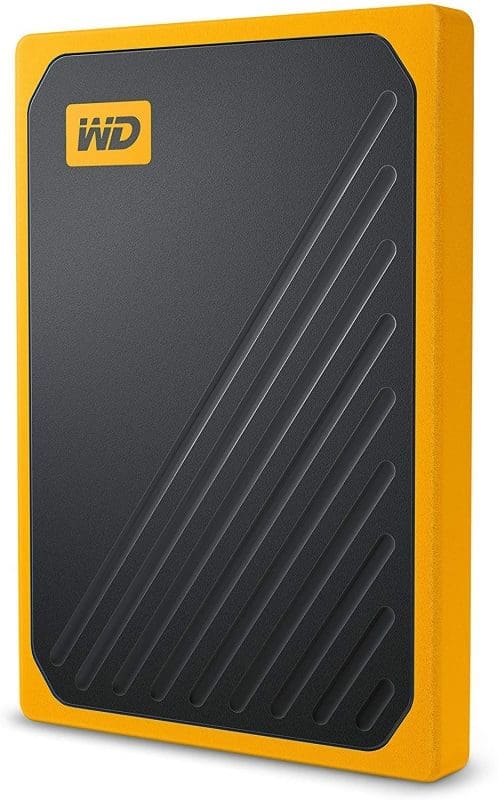
The Best SSD For Music Production - Staff Pick

Staff Pick - The Samsung T5
Our pick for the best external SSD for music production is the Samsung T5 Portable Solid State Drive. As we said above, the T5 is reliable and has a fast transfer speed, both of which are perfect for music production. We currently use several T5’s on a daily basis with no complaints.
Overall, the Samsung T5 is our recommended SSD for music producers using either Windows or Mac.
Buy The Samsung T5 On Amazon
The Top 5 Best External HDDs for Music Production
Now let’s take a look at the best external HDD options. Again, external HDDs tend to be cheaper than SSD’s of the same size, so they’re a great option if you’re just looking for added storage.
Mac users should note that all of the HDDs on this list come formatted for use with Windows computers and will need to be reformatted to work on Mac. Reformatting disks is easy and can be done in just a few minutes, but we wanted to make sure to note this because it is required. We’ve made sure to mention this on every applicable drive below just so you don’t have to scour the product pages to make sure the drive can be easily reformatted.
Cirago 1TB Slim External Portable Hard Drive
Cirago offers a sleek black external HDD that’s incredibly compact and easy to carry with you when you’re on the go. It provides plenty of storage space (up to two TB) at an affordable price, but it comes formatted for Windows computers so Mac users would need to reformat before use.
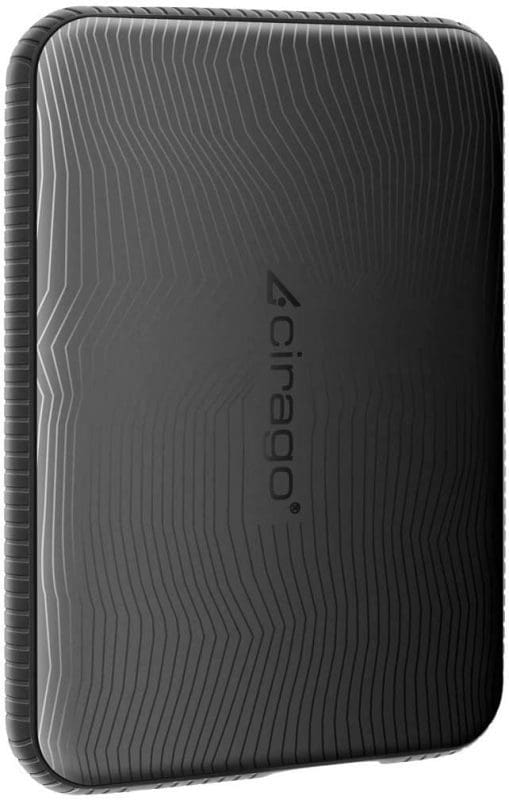
LaCie Rugged Mini 1TB External Hard Drive Portable HDD
The LaCie Rugged Mini stands out with its bright orange border that offers additional protection from drops. This rugged HDD was made to be portable, so it’s a great option if you need to bring your extra storage space with you while you produce on the go. This drive also comes formatted for Windows computers but includes instructions on how to reformat for use on a Mac.
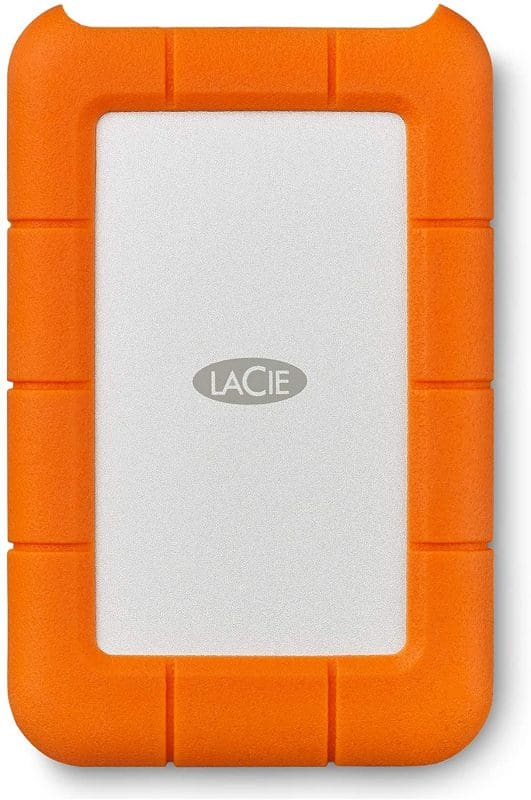
Seagate Expansion Portable 1TB External Hard Drive (HDD)
The Seagate Expansion is one of the most popular external drives on Amazon with over 150,000 customer reviews and a rating of nearly five stars. It provides plenty of storage space at an affordable price and will also work on Macs after a qucik reformatting.
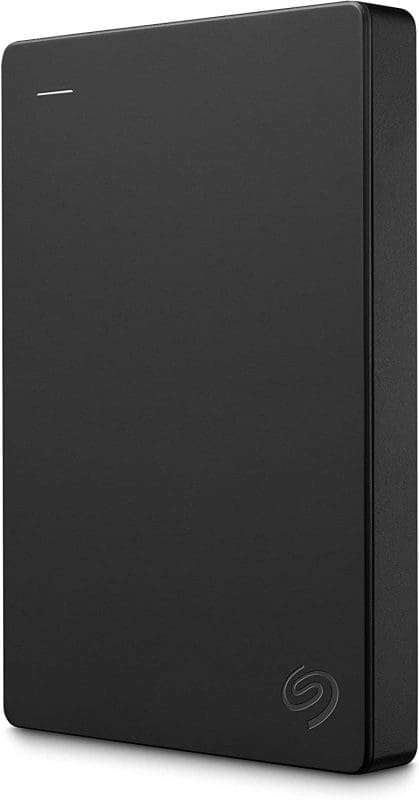
Toshiba Canvio Basics 1TB Portable External Hard Drive (HDD)
The Toshiba Canvio external hard drive is one of the more popular external HDDs on this list with over 38,000 customer reviews and a rating of four and a half stars. It provides plenty of storage space (up to four TB) at an affordable price, but just like all of the other drives on this list it comes formatted for Windows, so Mac users would need to reformat the drive before use.
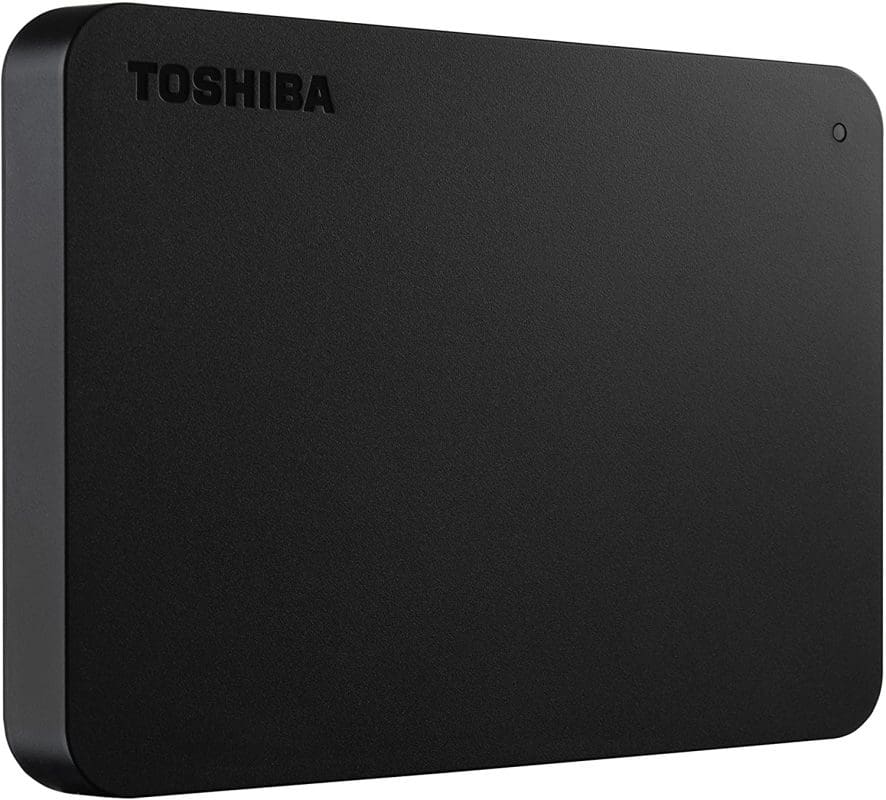
WD My Passport Portable HDD (1TB)
The WD Passport Portable is another external HDD that provides a good amount of storage at an affordable price. As with the previous drives, this one also comes formatted for Windows computers and would need to be reformatted to work on a Mac.
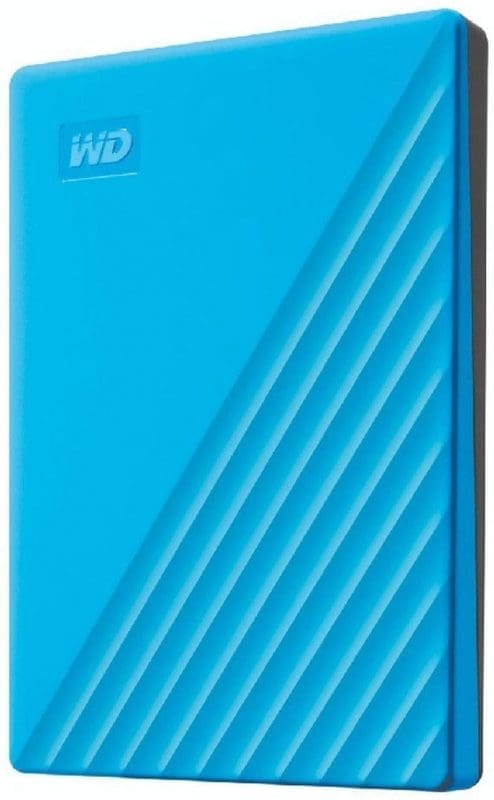
The Best External HDD for Music Production - Staff Pick

Staff Pick - Seagate Expansion External HDD
We use several of these drives to back up and store all of our files for years now and they’ve worked great. Overall, the Seagate Expansion HDDs are reliable external hard drives that provide plenty of storage space at an affordable price. We recommend this drive for both Windows and Mac users.
Overall, the Seagate Expansion HDD is our recommended HDD for music producers using either Windows or Mac.
How To Use An External Hard Drive For Music Production - Best Practices
So, once you’ve picked out a hard drive, how do you start using it?
Well, for starters, you should be backing up all of your digital files to at least one external drive regularly. This way, if anything happens to your computer you have all of your files safe and ready to go on a drive that can be stored in your closet, in a drawer, or even at your parent’s house.
By doing this, you reduce the risk that your hard drive will crash and erase all of your precious music production tools and projects. However, to be extra safe we recommend buying a couple of drives and using the 3-2-1 method, which you can learn more about here.
Once you’ve got your backups in order, it’s time to start clearing up some room on your computer’s internal drive! You can do this by moving your sample library, Kontakt instruments, project files, and any other files that don’t need to be on your computer to your external drive.
Remember, the files you should move to the new drive depend on the type of drive you’ve got.
Files You Should Move To Your SSD
- Sample Libraries
- Preset Libraries
- Project Files
- Kontakt Instruments
Files You Should Move To Your HDD
- Your backups
- Photos / Videos (preferably older footage not currently being used in editing)
- Old sample libraries that you don’t often use, but also don’t want to delete
- Documents such as contracts, school projects, etc.
It’s important to note that after you move something like your preset library, you’ll have to manually go into Vital or Serum and redirect the software to the new location. This is also the case with your project files and Kontakt instruments.
Summary
External hard drives are an essential part of any music production setup. That’s because you gain the ability to offload your extra files to an external HDD or SSD and increase performance.
And with multiple drives, you’ll be able to back up your files properly using the 3-2-1 method. This means you’ll never lose any progress on your projects, even if your hard drive crashes.
And lastly, by freeing up space, you’ll be able to increase the size of your production library! So you can pick up new Kontakt libraries, sample packs, and preset packs without having to worry about running out of space.
Save 43% With Our Ultimate Dubstep Bundle
Make bass music faster and better than ever before with 800+ professionally designed presets, samples, & wavetables.

Unlocking the Power of Presets: What We Learned from Protohype’s Knights Demo
Veteran mastering engineer Aaron Roman shares 5 tips on mastering electronic music (EDM) for Spotify.
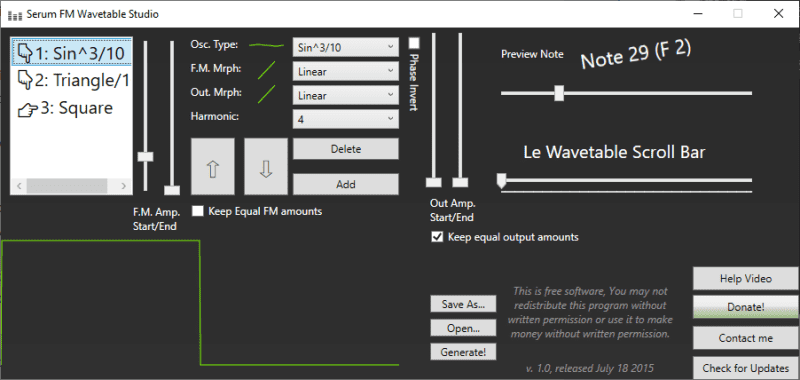
How to Make Custom FM Wavetables with Serum FM Wavetable Studio
Wavetables are an essential tool when sound designing and creating your own sounds. It is the brains and the fundamental
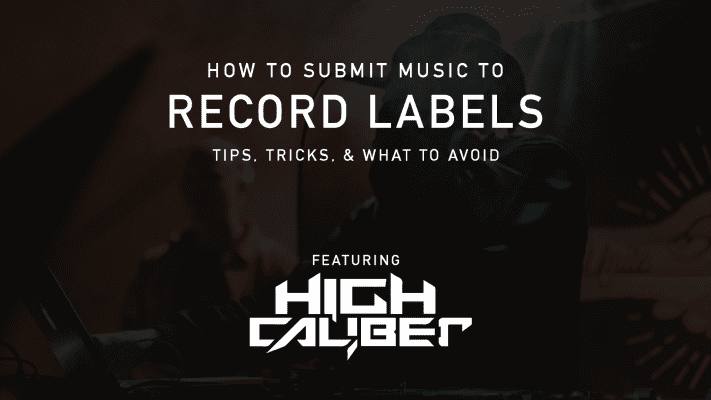
How To Submit Music To Record Labels | Tips, Tricks, & What To Avoid
Learn how to submit music to record labels with these tips from High Caliber Records.

Unlocking the Power of Presets: What We Learned from Protohype’s Knights Demo
Veteran mastering engineer Aaron Roman shares 5 tips on mastering electronic music (EDM) for Spotify.

How to Make Custom FM Wavetables with Serum FM Wavetable Studio
Wavetables are an essential tool when sound designing and creating your own sounds. It is the brains and the fundamental

How To Submit Music To Record Labels | Tips, Tricks, & What To Avoid
Learn how to submit music to record labels with these tips from High Caliber Records.
Share This Post With Your Friends

